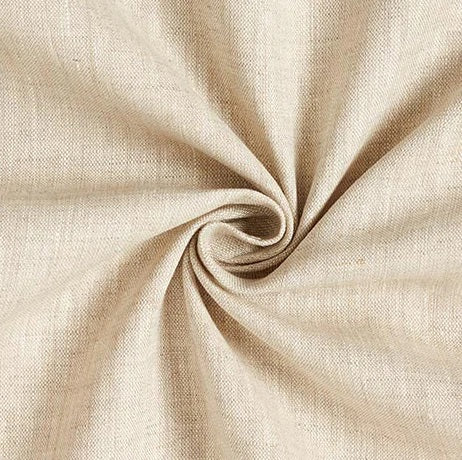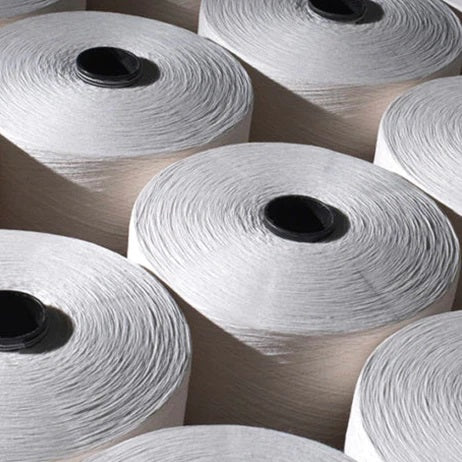About Linen
Linen, as early as the ancient Egyptian period, has become a necessary fabric for daily clothing. It’s a lightweight, strong and durable fabric that can be used not only for loose and comfortable clothes, but also for bedding, curtains, and even artwork and money.
Vs Cotton fabric, Linen is less harmful to the environment, while cotton causes more polluting emissions due to the use of large amounts of irrigation water and insecticides (organic cotton uses less water and insecticides, but it takes up less than 1% of the global cotton-growing industry).



The reason why Linen has become popular for many years as an evergreen in the fashion industry, mainly because it has the following major advantages:
- Linen fabric has good moisture absorption and moisture conductivity, some data show that linen fabric can absorb more than 20 times heavier moisture than their own weight. If you go to some activities in summer, clothing is required to have a “sweat” function, the body can produce sweat and moisture, which is particularly critical to the “sweat ” function of fabric. Linen shirt , Linen pants and linen blazer can be very perfect to meet the needs of requirements.
- Linen fabric also has the ability of anti-static and anti-bacterial, which makes linen fabric not easy to mold, furthermore, linen material is light, breathable, and cool after wearing.
- The linen material has its own vintage style and can create a very natural and healthy visual sense.

How to Identification of flax
- The visual inspection method--Excellent linen products, clear and natural grain, strong tensile strength; the surface of the fabric is natural and soft
- The observation method--Sometimes you can find a small number of linen particles, which is the biggest sign of linen fabrics.
- The hand touch method--Pure linen fabrics feel cool, vertical, hard to hold will leave a slight crease.
- The burning method--Take a little linen fabric yarn, it will burn, there is a smell like paper burning, and the ashes are white and grey. If it is a synthetic fabric that is generally burning with a pungent smell, the ashes are ball-shaped.
